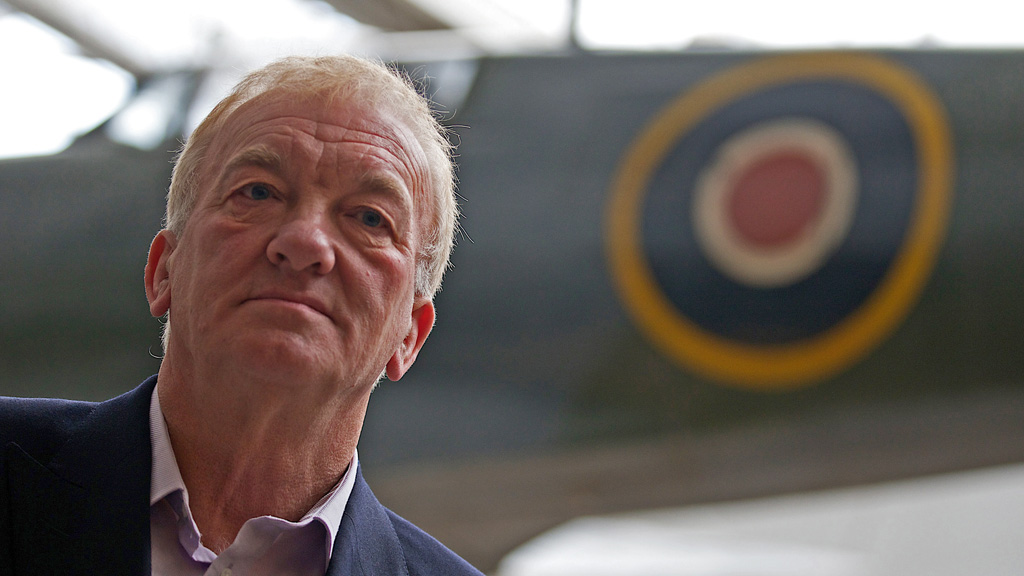Team flies to Burma to uncover mystery of buried Spitfires
A British team is flying to Burma to try to unearth a mystery that has been buried – literally – for more than 60 years.

The group of archaeologists is led by David Cundall, a farmer from Lincolnshire who is also an amateur aviation enthusiast.
The venture began 17 years ago after Mr Cundall heard rumours that dozens of British spitfire planes were buried under metres of mud after the Second World War.
Since then, he has made it his life’s work to find out whether the rumours are true, and to attempt to recover the aircraft so that they can be restored and put back into use.
The aircraft are reputed to be Mark XIV Spitfires which were swiftly hidden and packaged in crates underground when the Nagasaki atom bomb ended the war. Collectors estimate that each one may be worth at least £1m, and if they were uncovered and restored, it would double the number of operational spitfires in existence around the world.
Mystery
However, mystery surrounds the reason as to why they were buried in the first place. Mr Cundall is expected to reach Rangoon on Sunday to begin the dig, inside the perimeter of Yangon International Airport. He also believes that some of the aircraft were also buried at two other former RAF bases in Burma.
Mr Cundall, 63, said: “There’s a lot of rumours about why they were buried, but the common theory is that they were buried after the war – in August and December 1945 – because they were surplus to requirements. Somebody gave the order, ‘let’s dig a hole and let’s bury them’.”
Mr Cundall said that if the dig is successful – and it is a big if – he intends for each spitfire to be restored to their former glory. “They will be restored to flying condition and hopefully they’ll be flying in about three years time at air shows, and promoting British industry as well,” he said.
But that would mean that the team, which includes archaeologists, scientists and researchers from the University of Leeds, would have to find about £2m for each spitfire to restore the flying machines.
Nonetheless, he says he is determined and confident that they will find the mysterious missing aircraft. The lead archaeologist however, is a little less sure and is not prepared to risk his reputation predicting what they might find.
The dig will start on Monday – and the team should know by the end of the week whether they have discovered a treasure of the Second World War, or just a lot of tropical mud.